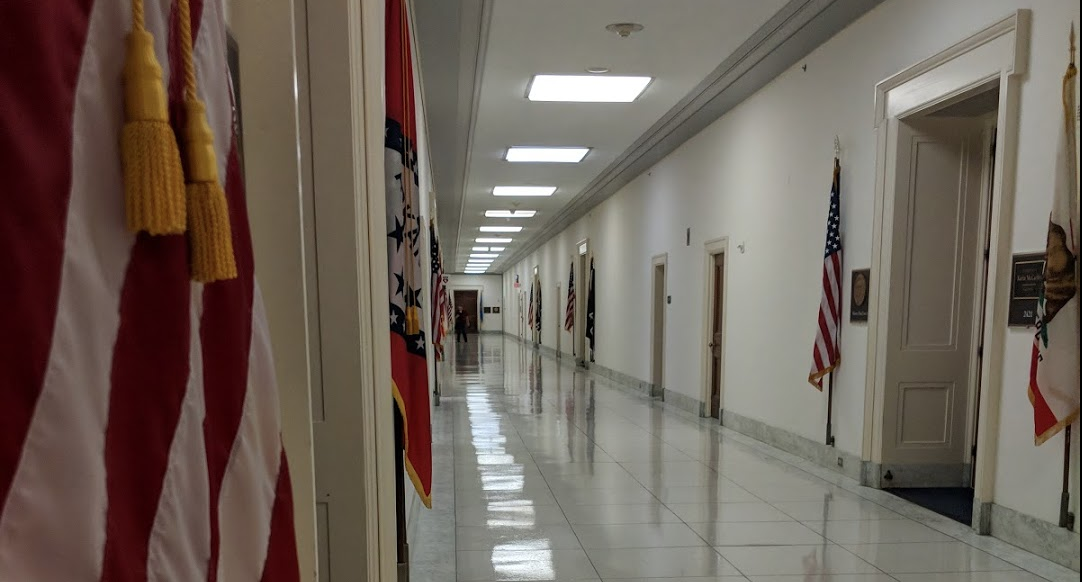
Just this week, I officially completed a white paper that details the findings from my research I did this summer on the Hill. Here are the main findings I discuss in the paper: 1. The primary uses of policy-related constituent correspondence are to formulate outgoing communication and to monitor constituent sentiment. This finding is reflected in […]
